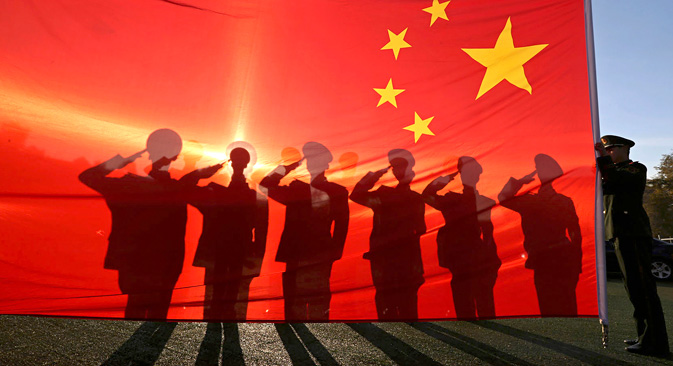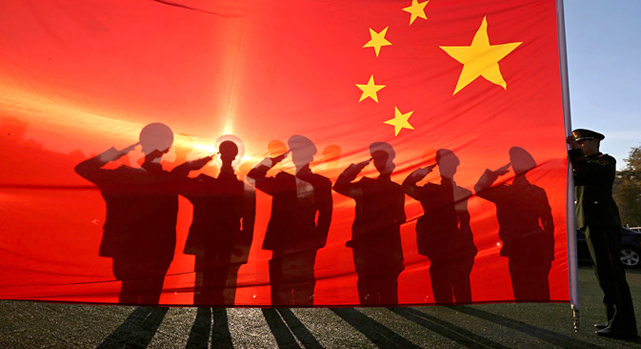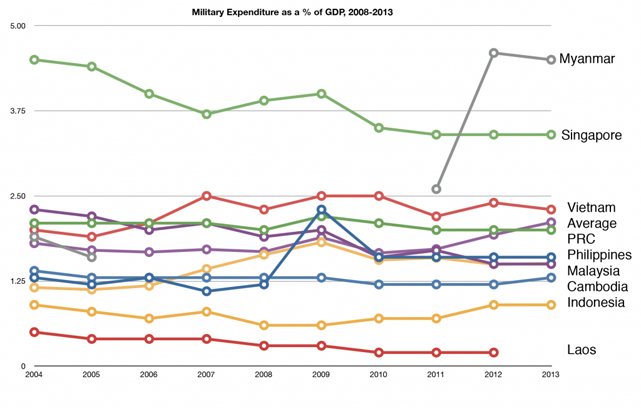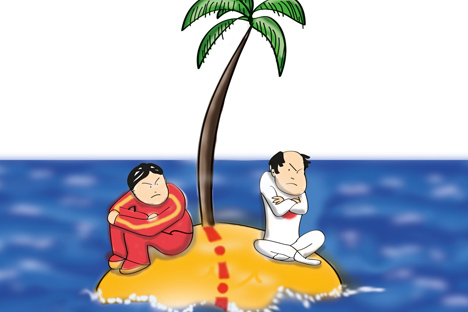What if there is no Asian arms race?


Source: Reuters
The media mainstream has long gotten used to the idea that East Asia is gradually slipping into a regional military conflict, with China pumping up its military capabilities and the smaller neighbors reacting with the same kind of trickery. The logic here is based on what political scientists call “the security dilemma.” The term describes a vicious cycle: by trying to enhance its own security, a country thus creates a threat to its adversaries, pushing them to do the same thing. This kind of escalation raises the stakes for the parties, urging one of them to break the cycle, for example, by attempting to destroy the other’s defense facilities beforehand.
Seems like this is the case for East Asia, doesn’t it? Wouldn’t it be reasonable for China to crush Vietnam or the Philippines before one of them gets a navy capable of defending its claims in the disputed waters of the South China Sea? After all, there is empirical confirmation of growing military expenditure among states of the region, which is especially frightening in the case of China with its swift technological advancement. Today, Beijing can boast the second-largest military budget in the world, even if we ignore speculation about the official figures being much smaller than the actual numbers.
However, not all experts are convinced that bullets are soon to fly. Merely spending more on weapons and armies does not mean going to war. The theory goes that we should start worrying only when governments start to trade basic government spending like infrastructure development or social security for tanks and warships. In other words, growing military spending is dangerous only if it is significantly disproportionate to economic growth. But if we take a look at the defense budget to GDP ratio for Asian states, the lines would actually be pretty flat.
The obvious reason for this is because for the last decade, the region was growing at a very fast tempo, with economies becoming more capable of sustaining adequate military spending. Moreover, a great deal of these budgets was spent on upgrading obsolete weaponry, and let’s be honest - with a serious corruption problem at hand, there wasn’t always enough bang for the buck.
Some may call this blind optimism. After all, more weapons mean more destruction. But at the same time with rapid industrial growth, there is also more and more to lose for the hypothetical parties at war. Therefore, it would be reasonable for the seemingly ever-arming Asian states to avoid conflict with each other as they become better equipped to destroy each other.
The bottom line is that increasing military capabilities may paradoxically serve as a stabilizing factor for East Asia, creating equal pressure on the international security system. However, this balance is to be maintained by a rules-based environment, as well as with some sort of institutional oversight. Now here’s where Asia still has a problem. It is the lack of a fine-tuning mechanism that is the biggest hole in the regional security fabric.
It’s one thing when everyone has a gun, it’s much worse when there’s no sheriff in town.
Images are courtesy of Dr. Zachary Abuza, data by SIPRI
Anton Tsvetov is Media and Government Relations Manager at the Russian International Affairs Council (RIAC). He tweets on Asian affairs and Russian foreign policy at @antsvetov. The views expressed here are the author’s own and do not reflect those of RIAC.
All rights reserved by Rossiyskaya Gazeta.
Subscribe
to our newsletter!
Get the week's best stories straight to your inbox


